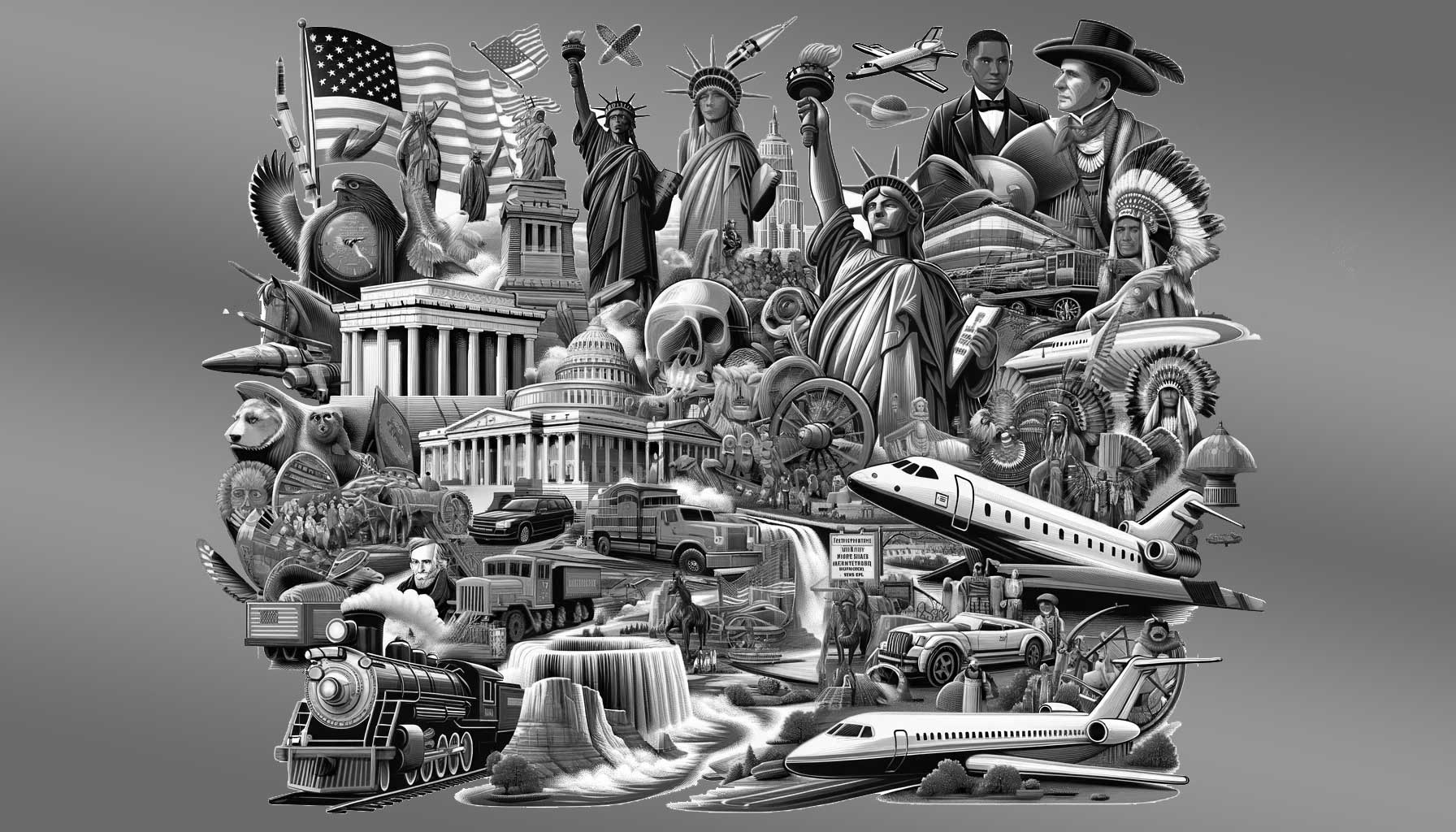Flashback to July 5
American History

On July 17, 1861, a significant event took place in the United States that would have a lasting impact on its financial history. Congress authorized the issuance of the first government-issued paper money, known as “demand notes” or “Greenbacks.” This landmark decision marked a significant shift in the way the US government managed its currency and paved the way for future economic policies.
At the time, the United States was facing the tremendous challenge of financing the Civil War. The traditional means of funding, such as borrowing from foreign countries or issuing interest-bearing bonds, were not sufficient to cover the escalating expenses of the war effort. To address this issue, Congress turned to paper money as a solution.
The newly authorized demand notes, also known as “Greenbacks,” were backed by the full faith and credit of the United States government. This meant that these notes were not linked to any specific reserves of gold or silver, unlike the earlier silver certificates or gold certificates. The decision to issue unbacked paper currency was a bold move, as it relied on the confidence and trust of the American people in the government’s ability to honor these notes.
The issuance of demand notes provided the US government with a flexible and readily available means to finance the war. These notes were designed to circulate as regular currency and were accepted for all forms of payment, including taxes and interest on government bonds. The government’s ability to issue and control its own currency enabled it to meet the demands of war without relying solely on borrowing or taxation.
Initially, the demand notes were issued in denominations ranging from $5 to $1,000, with the most commonly used denominations being $5, $10, and $20. The distinctive green ink used for the printing of these notes gave rise to the nickname “Greenbacks,” which would go on to be associated with all forms of US paper currency.
The introduction of Greenbacks faced some resistance and skepticism. Many people were wary of paper money, as they believed that it could lead to inflation and a loss of value over time. However, the government took various steps to ensure the stability of these notes. Laws were enacted to discourage counterfeiting and ensure their widespread acceptance.
Despite the initial skepticism, demand notes proved to be a successful and effective means of financing the war effort. The government issued a total of $450 million worth of demand notes during the Civil War, helping to fund military operations, pay soldiers’ salaries, and support the overall war economy.
The issuance of demand notes also had broader implications for the US financial system. It established a precedent for the government’s role in managing the currency and demonstrated the power and influence of monetary policy in shaping the economy. It laid the groundwork for future developments, such as the establishment of the Federal Reserve System in 1913, which further solidified the government’s control over the nation’s money supply.
the authorization and issuance of the first US government-issued paper money, the demand notes or “Greenbacks,” on July 17, 1861, marked a turning point in American financial history. This decision provided the government with a flexible and effective means of financing the Civil War, while also setting the stage for future developments in monetary policy. The introduction of demand notes demonstrated the power of the government to control and manage its currency, a principle that continues to shape the US financial system to this day.
We strive for accuracy. If you see something that doesn't look right, click here to contact us!
Sponsored Content

William Booth founded Salvation…
"On July 5, 1865,…

Engagement at Carthage, Missouri.
The Engagement at Carthage,…

C Jackson discovers asteroids…
On July 5, 1937,…

Committee of 9 appointed…
On July 5, 1843,…

William Shockley invents the…
On July 5, 1951,…

President Franklin Roosevelt signs…
On July 5, 1935,…

